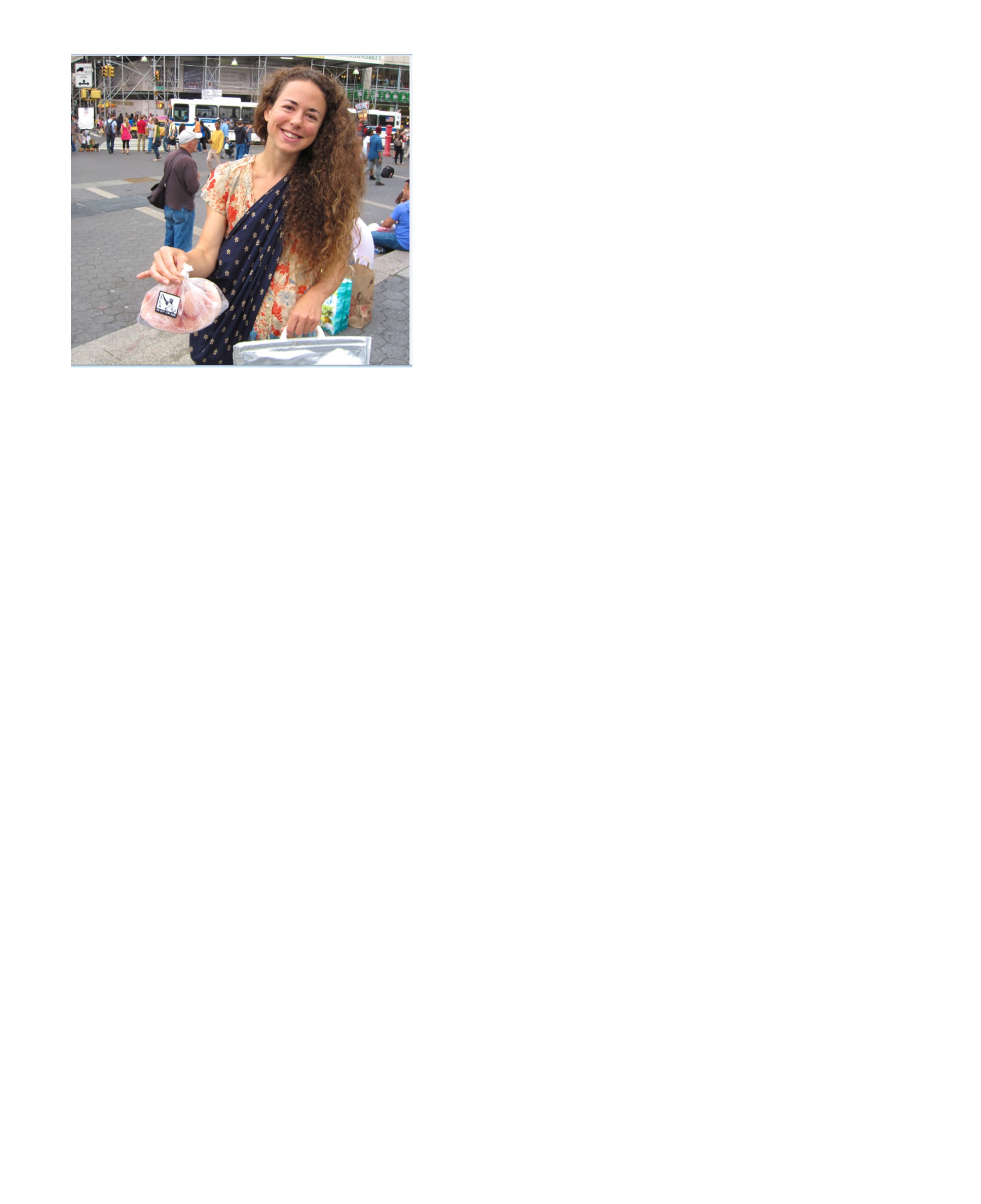Last week I mentioned that Matt and Gaya, who are the owners of the Big City Fish Share (BCFS), recently set roots in New York City and are committed to bringing high quality seafood to our plates. Check out this interview and see what they can offer for New Yorkers and the sustainable seafood movement.
What is the fish/seafood Community Supported Agriculture (CSA) model? How does it work?
Seafood CSAs, or Community Supported Fisheries (CSF), works similarly to CSAs, where customers prepay for delivery of a certain quantity of local produce once per week to a set location where they pick it up themselves. The species of seafood is not set beforehand, as Big City Fish Share (BCFS) is purchasing fish species that are in season and being caught that week. The CSF model shortens the supply chain from fishers to consumers, and helps support local, small-boat fishers.
Why do you want to start a fish/seafood CSA?
BCFS was started by Matt Gove, a seafood lover from the Midwest who grew up fishing for walleye and pan fish with his grandfather. Matt has worked on ocean and coastal policy for over 6 years and has always felt strongly about supporting local fishers and sustainable fisheries. When he moved to New York two years ago from DC, he was certain there would be CSFs in the city, only to find there were none. The only way to make it happen was to do it himself!
Is your idea in the planning stage? Or have you started distributing fish/seafood already? If yes, when did you start? Where is it located? And how many members do you have so far? If not, when are you going to start?
BCFS started its first distribution on September 8th this year from its pick up point in Union Square and currently has a number of members who live in the East Village and Lower East Side. BCFS is offering seafood over an 8-week period– though people can join pro-rata throughout this period.
Where did you get your fish/seafood?
All the seafood provided by BCFS is locally caught in the New York State waters around Gardiner’s Bay and offshore of Montauk, areas that have strong, historical fishing communities. A mixture of Summer Flounder, Black Sea Bass, Scup, Squid, Striped Bass, Bluefish, Pollock, and Tuna are available, depending on the season and availability. BCFS only provides seafood rated as sustainable by the Monterey Bay Aquarium’s Seafood Watch and Blue Ocean Institute’s Seafood Choices so that customers can be assured that they are eating seafood that is sustainably managed.
Who will be your customers?
BCFS’s customers are New Yorkers that are interested in knowing where their food comes from, how it was caught, and enjoying high-quality, super-fresh seasonal produce. The surge in interest in vegetable CSAs and organic food is a reflection of how New Yorkers are becoming more aware and demanding when it comes to what they eat. They know that sustainable, natural, and local food systems are best for human health and the environment, so there is potentially a lot of demand for this.
Currently the majority of seafood sold in your average store in NYC is imported, much of it coming from sources that are not known and stocks that are possibly over-fished. Many people are unaware that farmed and wild caught seafood that is shipped to the USA may be treated with chemicals or antibiotics. Even if people want to support sustainable fisheries, the mislabeling of fish in stores is a big problem – and the fish that you think you may be buying could be something completely different.
Supporting local, small-boat fishers has benefits for everyone–getting a safer, tastier product to consumers; supporting local producers; and protecting our fish stocks for the future.
What barriers do you face? Do you think that there is a demand for CSF in New York City?
There is definitely demand for excellent quality, local fish in New York City. The challenge is to get people interested in delicious but currently less well-known local species that are not over-fished. Variety is the key for sustainability! It is when everyone demands to eat the same species that stocks become over-fished.
Encouraging people to eat local, seasonally available species that have healthy stocks is a challenge that can be overcome by exposing people in the city to the variety of delicious seafood that is caught right here in New York State. BCFS is doing exactly that, and our customers have already given us great feedback on how they’ve enjoyed discovering delicious new types of seafood. We just need to get the word out more!
Is there any seasonal constraint for the CSF? For example, you may not able to get fish in the winter?
Because BCFS is getting its fish from small-boat fishers that work closer to shore, the winter months will be marked by a decrease in diversity as many species move offshore. Additionally, the weather is generally worse in the winter, and fewer boats go out to fish. We are still working out our plan for what to offer past November.
Are you the first one doing this in New York City? the United States? If not, who is doing this?
Check out Local Catch for a list of most of the CSFs currently operating in the U.S. CSFs began sprouting up about 5 years ago and have recently exploded onto the NYC area. BCFS was the first CSF operating in Manhattan. Mermaid’s Garden started a few months before we did in Brooklyn.
What environmental impacts (both positive and negative) will the CSF have?
If current seafood consumers switch from eating whatever they can find at the supermarket to BCFS, you would see a reduction in sea and land miles-traveled by the seafood consumed, as well as less ocean ecosystem impact because we only source sustainably-caught seafood.
Photo: customer of CSF-Big City Fish Share (BCFS)
